Simple with an EV, extremely difficult with combustion engines
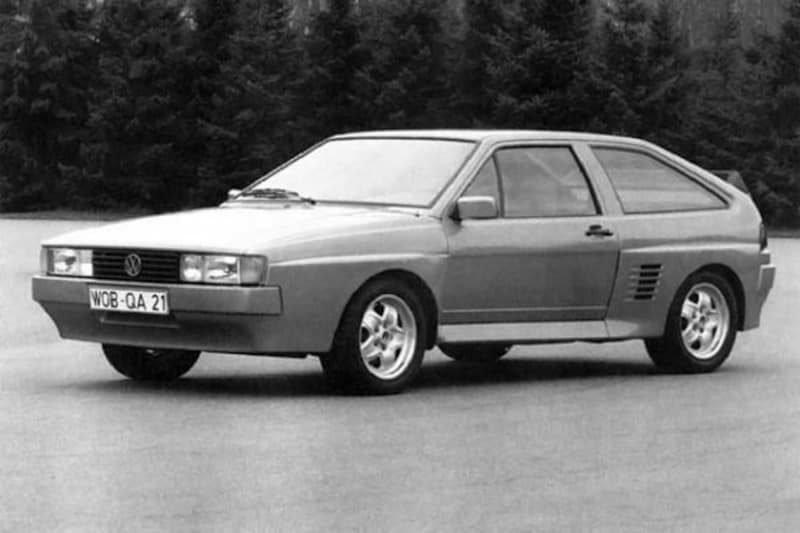
We are no longer surprised by an electric car with two engines. It is a convenient way to give an EV more power. This is not so easy with a car with an internal combustion engine. In the past, however, there were several projects where manufacturers crammed two identical power units into a car.
Volkswagen Scirocco Bimotor (1984)
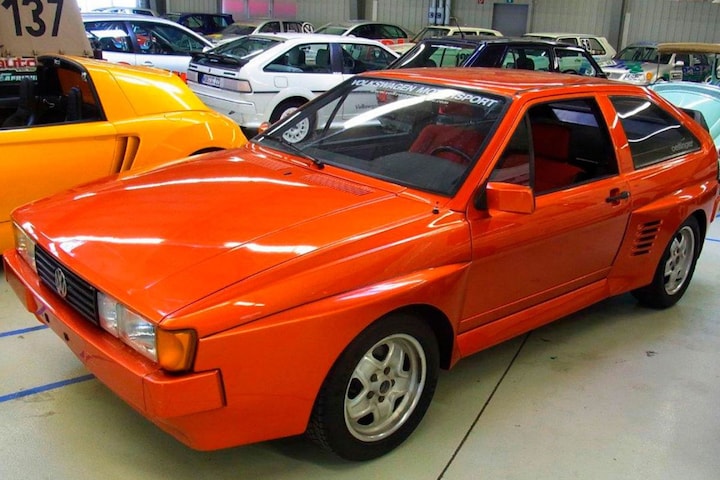
In 1983 (see photo 2 above this article) Volkswagen already showed a twin-engine monster based on the Scirocco II. The two 1.6 four-cylinder engines were fitted with a cylinder head from the Golf I GTI Oettinger, which was sold in France as the GTI 16S. The tuner already supplied a sixteen-valve version of the first Golf GTI. The displacement was increased to 1.8 liters. Both engines gave the Scirocco 360 hp. A year later a second version appeared, with a knocked-out body.
Mosler Twin Star (1999)
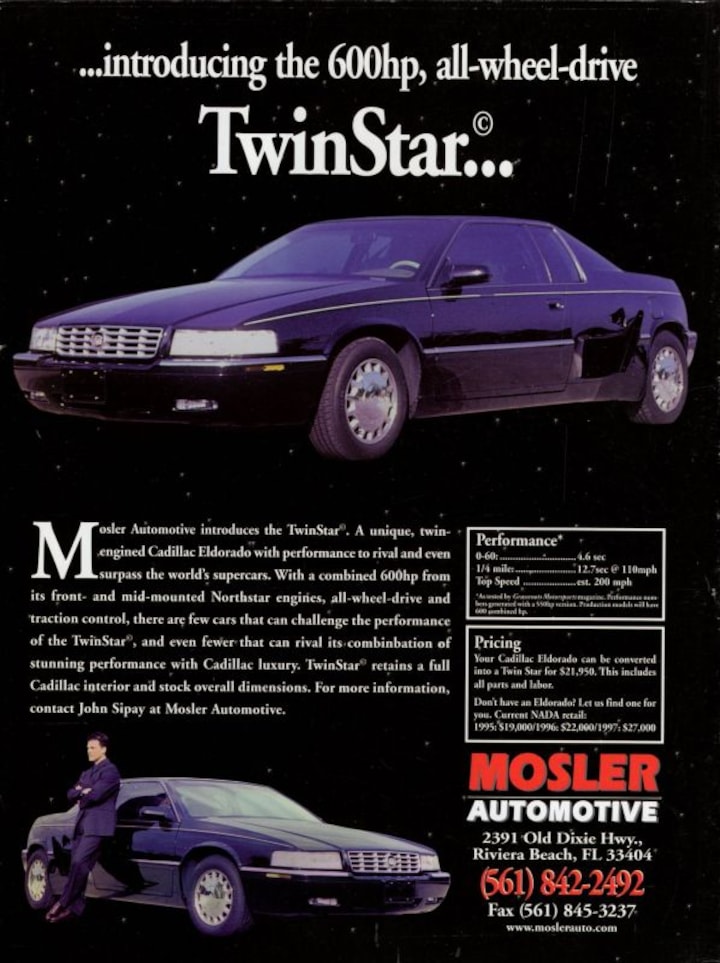
The American company Mosler put the saw in your Cadillac Eldorado for $22,000 to make room for a second Northstar V8. It was fast (0-60 mph in 4.6 s) at a whopping 600 horsepower, but your Caddy didn’t get any prettier. Only five were eventually built.
Alfa Romeo GP 16C Bimotore (1935)
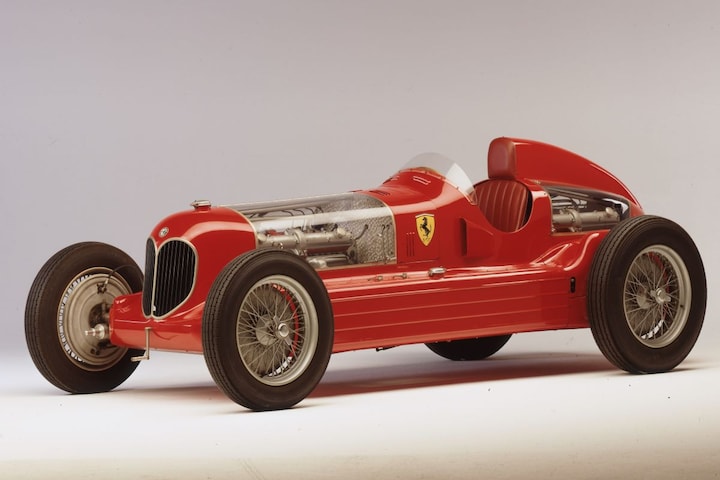
In response to increasing German competition, the Scuderia Ferrari experimented with two prototypes with one in-line eight in the nose and one in the tail. The almost 550 hp strong and 320 km/h fast racing car had no four-wheel drive; each motor powered one rear wheel. High fuel consumption and excessive tire wear prevented sporting success.
DAF Turbo Twin (1986)

In the 1980s, Jan de Rooy instilled fear in the competition (trucks and cars) during Paris-Dakar with his TurboTwin, equipped with two 11.6-liter six-cylinder (bi- and tri-) turbo diesels with more than 1,200 hp and a top of almost 250 km/h.
Mercedes A190 Twin (1998)

In the late 1990s, AMG built a handful of A190 Twins with two 1.9-liter four-cylinder engines. The second (which could also be deactivated) was crumpled under the luggage compartment floor. The 250 hp ‘A38’ was good for a 0-100 time of 5.7 seconds and a top of 230 km/h.
Mini Twini (1963)
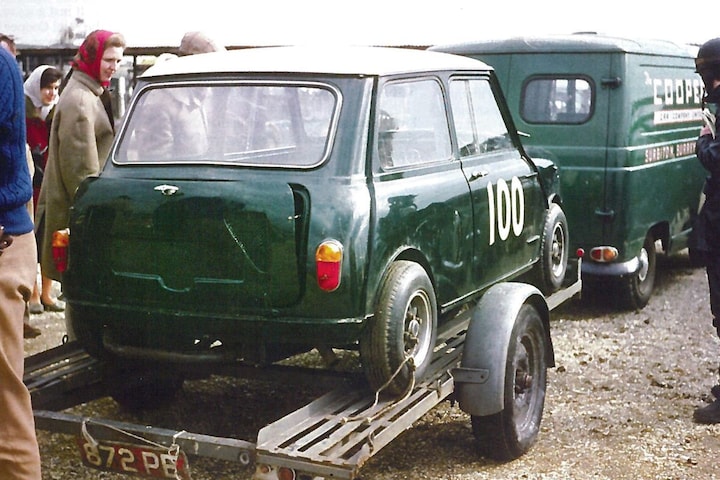
After the Mini Moke, the twin engine concept was transferred to the ‘normal’ Mini. In 1963 the 180 hp, four-wheel drive ‘Twini’ or ‘Twinny Minny’ appeared at the start of the Targa Florio. It proved unsuccessful (too heavy, poor cooling) and the project was abandoned after John Cooper nearly killed himself in a Twini.
Saab 93 Monster (1959)
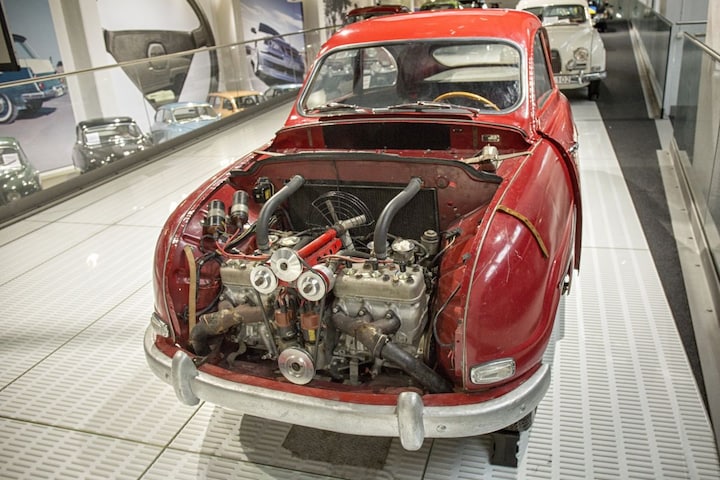
You can expect idiosyncratic experiments from a stubborn brand like Saab. With its two transversely placed three-cylinder two-stroke engines, this ‘Monster’ was good for 140 hp and a top speed of 196 km/h. The regulations prevented this brutal 93 from ever driving an official race.
Citroen 2CV Sahara (1958)
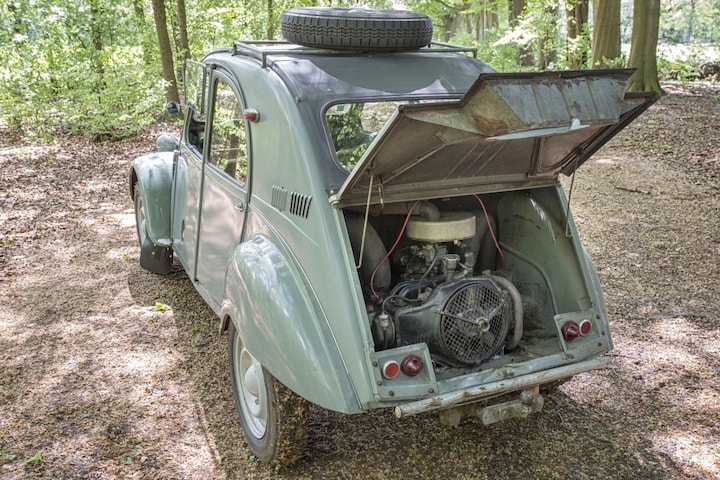
Just like the Cadillac with two ignition keys. In this case to activate one (front-wheel drive) or two (4WD) air-cooled two-cylinder engines. With a production number of almost 700 the most successful ‘bimotore’ from this list.
.
– Thanks for information from Autoweek.nl